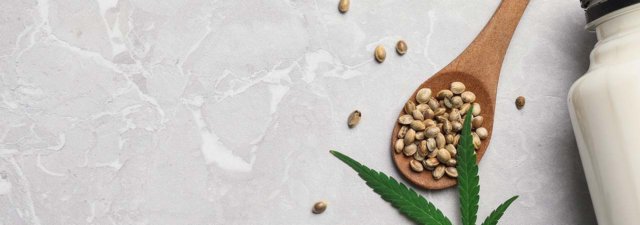That the world needs an alternative to plastic isn’t in doubt. Leo Baekeland coined the term ‘plastics’ to describe these synthetic or semi-synthetic malleable organic compounds. He created Bakelite in 1907, the world’s first synthetic plastic.
Developed nations use around one-third of plastic for packaging. Globally, we use 50 kilograms of plastic per person annually. As convenient as plastic is, the material is disastrous for the environment. It takes anywhere from 10 years to 1,000 years for a plastic item to decompose in a landfill. Burning it releases toxic gases like mercury and dioxins.
Greenpeace estimates that we dump approximately 200 kilos of plastic in the world’s seas and oceans every second. The damage caused by plastic disposal accounts for the death of 100,000 marine animals and one million seabirds each year.
Hemp Plastic Is a Viable Option
The use of hemp plastic to reduce the damage caused by regular plastic is a growing trend. Hemp is now legal to grow in the United States and a host of other nations. It is clean, sustainable, renewable, and ecological. Crucially, it is also remarkably versatile. We can use it to replace polluting materials in the construction, design, automobile, and fashion industries.
One of the many benefits of hemp plastic is the speed at which it biodegrades. In general, it will biodegrade in 3-6 months. Moreover, it is possible to recycle it indefinitely. Termed a ‘bioplastic’ material, hemp plastic isn’t made from fossil fuels, which means it doesn’t produce CO2 as it decomposes.
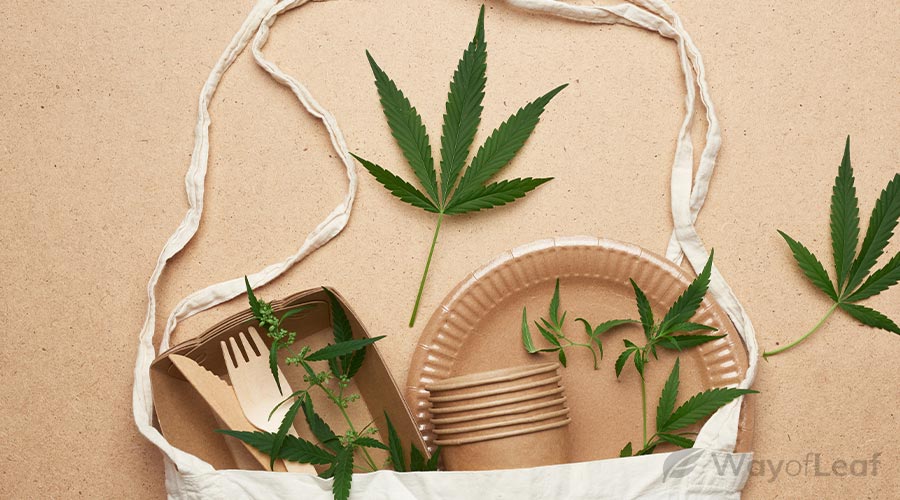
Hemp’s cellulose content (65-70%) makes it the ideal plastic manufacturing material. Cellulose plastic is already a popular bioplastic. Let’s check out the manufacturing process.
How to Make Hemp Plastic
Cellulose is a polysaccharide that you can extract from various natural resources such as the hemp plant. In general, cellulose doesn’t exist in a pure form. Instead, you find it in composite form with various other compounds. They may include hemicellulose, lignin, and other polysaccharides.
Therefore, manufacturers must remove non-cellulosic material to produce the pure cellulose needed for hemp plastic. Unfortunately, this form of hemp production is a long and complex process.
However, a group of scientists looked to simplify matters a few years ago. Their work is outlined in a study published in the National Agriculture Library in 2014. The researchers aimed to create plastics from biomass and noted that cellulose was a potential material of choice.
The researchers soaked the biomass material in acid. This was because they only wanted to break apart the cellulose’s crystalline structure rather than convert it into simple sugars. They used trifluoroacetic acid (TFA). It isn’t as strong as the acids used in biofuel applications.
They used the TFA to soak the inedible waste from rice, spinach, parsley, and cocoa beans. After a few days’ worth of soaking, the team managed to remove the volatile acid. The result was a yield of plastic coatings and films with various properties. For instance, the materials had similar tensile strengths to many popular polymers. The bioplastic also began thermally degrading when exposed to a temperature range of 300 – 570 degrees Fahrenheit.
More Recent Research Bodes Well for Hemp Plastic
In June 2020, South Dakota University (SDU) announced research that aims to extract cellulose efficiently. According to assistant professor Srinivas Janaswamy, we can extract the material from different biomass types.
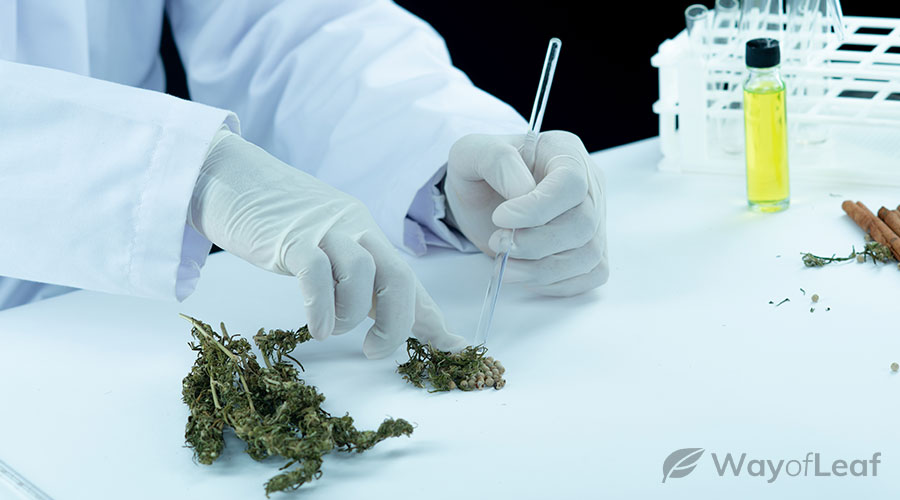
Janaswamy also reiterated the point about breaking down cellulose before using it. First, the SDU team used a zinc chloride solution to break down the cellulose network. Then, they added calcium chloride. This process crosslinked the cellulose chains and helped develop strong films.
Other Forms of Cellulose Extraction
One common method is to hydrolyze raw pulp. This process involves adding water to separate the pulp into its component parts at a temperature range of 122 – 194 degrees Fahrenheit. As the studies above show, you can also soak the pulp in a weak acid. It results in the separation of the crystalline sections from the amorphous ones. The result is nanocrystalline cellulose.
Subjecting the material to additional pressure and heat may result in nanocellulose. This looks like a gel. In standard conditions, it is viscous. However, if it is subjected to stress or shaken, it takes on a more liquid form.
The Zeoform brand creates hemp plastics via cellulose-based plastic. The company utilizes a patented process that involves the use of water and natural cellulose fibers like hemp.
What Are the Different Types of Hemp Plastic?
There are several options available. Some of the entries might surprise you.
Hemp Cellulose
No organic polymer is more abundant than cellulose. It is typically used for making paper. However, the research outlined above illustrates that we’re getting ready to find further uses for it.
Remember, cellulose is a long-chain polysaccharide. It is composed of an enormous number of glucose units. Cellulose forms tiny strands free from fibers in a plant’s cell walls. Though it has several crystalline forms, it mainly consists of crystalline and amorphous sections.
Other Cellulose Plastics
Cellophane and rayon are relatively well-known plastics. Structurally identical to cellulose, these plastics involve a similar production process. The first step involves dissolving cellulose in an alkali solution. Then it is placed in sulphuric acid to create a cellophane film.
Otherwise, you can place it through a spinneret device instead of the acid to create rayon.
Celluloid involves combining nitrocellulose and camphor. It is possible to use hemp cellulose to create celluloid, cellophane, and rayon.
Hemp Composite Plastics
A polymer matrix makes up composite plastics. There are numerous natural polymers, including shellac, tar, and tree resins. It is common to mix a synthetic polymer such as glass fiber with natural fiber to create a biocomposite. It is possible to use hemp as a natural fiber, and its high tensile strength makes it an attractive option.
Can Hemp REPLACE Plastic? Everything You Need to Know
The short answer is ‘no.’ At present, we lack the technology required to make the leap. At present, it would take an enormous amount of industrial hemp to meet the demand for plastics. So much, in fact, that we could place large parts of the planet’s biodiversity at risk!
Hemp is indeed stronger and stiffer than several forms of plastic. However, it doesn’t have the right flexibility or tensile strength for certain applications. At present, plastics used to package many essential items, such as packing life-saving blood for transfusions, are tested to very high standards. We would need to complete such rigorous testing for their hemp-based counterparts.
Realistically, testing hemp plastics for every single application would be extraordinarily expensive.
America only recently lifted the ban on industrial hemp. Researchers can finally learn more about this wonderful material, but it will take time. The more we look into the plant, the more likely it is that we’ll find ways to create a greater range of hemp-based products.
Hemp Plastic Pros and Cons
Proper use, storage, and disposal of plastic would help the planet a lot. Sadly, our laissez-faire attitude towards this matter has caused several serious problems. Plastic pollution is wreaking havoc on the planet. One estimate suggests that we throw away enough plastic each year to circle the Earth four times! The ‘Reduce, Reuse, and Recycle’ mantra is a sound one; if only more people heeded the advice!
The plastic that ends up in the sea and land destroys natural ecosystems. It also ends up in the human body. Bisphenol A (BPA) is a chemical used in huge quantities. Companies tend to use it for producing polycarbonate plastics and epoxy resins. One study found that approximately 93% of Americans aged 6+ test positive for BPA. The chemical is linked to diabetes, cancer, and many more health problems.
Investing in hemp plastic could prove a boon for the planet and our health. We could, in theory, replace the petroleum-based plastics we use with hemp. Now, let’s look at the pros and cons associated with hemp plastic.
Upsides of Hemp Plastic
Hemp Plastic Is Non-Toxic
Did you know that conventional plastics contain endocrine receptors such as BPA? When inside the body, endocrine receptors act like the hormone estrogen. The resulting hormonal imbalance could increase the risk of tumor development. Endocrine receptors are also linked with congenital disabilities and learning disabilities.
Hemp plastic is non-toxic as long as the farmers grow the crop responsibly with no pesticides and heavy metals. Also, hemp grown on toxic ground will absorb the toxins. However, properly cultivated hemp doesn’t release toxins in the air during its life cycle.
Hemp Plastic Is Biodegradable
One of the major reasons plastic waste is causing such a problem is its long shelf life. That plastic water bottle you use for 10 minutes can take up to 500 years to decompose! Certain forms of plastic take up to 1,000 years to decompose. This is why it is essential to reuse plastic containers for as long as possible. Also, make sure you place them in the correct bags for recycling.
In the proper environment, hemp plastic will decompose within six months. Also, we can recycle hemp plastic as often as we like. It is still better to recycle petroleum-based plastic than dump it. However, the recycling process is toxic due to the chemicals in the material. There are no such toxins in hemp.
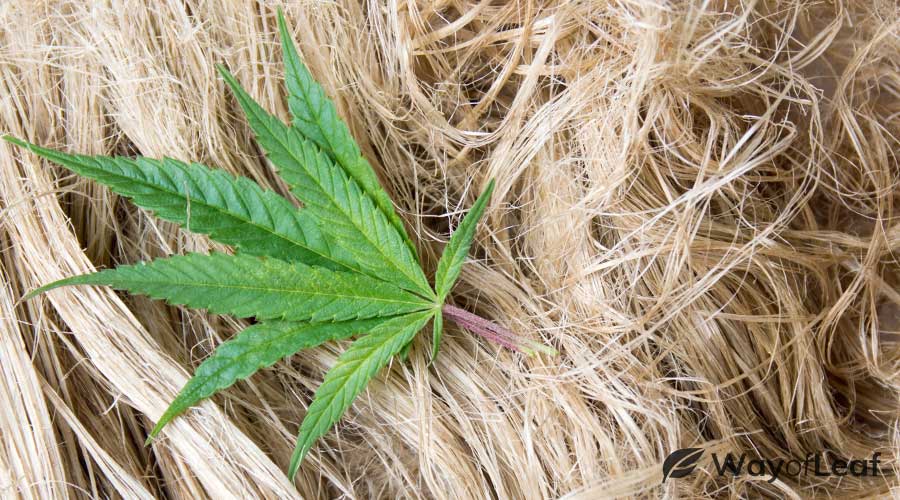
Hemp Plastic Helps Wildlife
A study published in PNAS in 2016 found that 59% of seabirds have plastic in their gut. They expect this number to reach 99% by 2050 at the current rate of plastic disposal. Plastic breaks down into pieces when exposed to sunlight. Various forms of sea life ingest these pieces. As it disintegrates, the plastic moves down the food chain.
Because hemp plastic is biodegradable and non-toxic, it doesn’t pose such a threat to wildlife. As it decomposes relatively quickly, animals such as seabirds are less likely to consume it. Also, even if they do, hemp plastic is less harmful to their health.
Hemp Plastic Decreases Environmental Pollution
By 2019, the average atmospheric carbon dioxide reading was 409.8 parts per million. This was the highest reading in around 800,000 years. Rising CO2 levels are contributing to climate change. The result is low-quality air, rising temperatures, melting ice caps, and ecosystem carnage.
Companies often use fossil fuels to make conventional plastics. Unfortunately, this practice only adds to the rise of CO2 emissions. In contrast, hemp-based products can help reverse this trend. In fact, hemp absorbs CO2 from the atmosphere.
Hemp Plastic Is Strong
Hemp plastic is up to 3.5 times stronger and five times stiffer than polypropylene, a common plastic form. The hemp-based version is also significantly lighter. Therefore, you get durability and strength in a lightweight package.
Downsides of Hemp Plastic
It would be remiss of us to ignore the disadvantages of hemp plastic. Apart from issues surrounding biodiversity and testing, the industry faces other challenges.
Hemp Plastic Is Expensive (Right Now)
At present, the price of manufacturing hemp-based plastic is significantly higher than its petroleum equivalent. The President of Labcon North America, Jim Happ, outlined this issue. He said that the cost of petroleum-based polypropylene pellets varies from $1 to $1.15 a pound. Meanwhile, Mark Lindsay of Green Springs Technologies states that hemp plastic costs around $2.35 per pound.
Happ points out that companies want the benefits of bioplastics but don’t want to pay more. Manufacturers will inevitably pass the cost on to the consumer.
The main reason for the higher cost is due to the parts of the hemp plant used to make plastic. It is possible to use cellulose from hemp fibers or oil in the seed. However, most companies produce plastic from fibers due to the higher value of hemp oil.
Also, fossil fuels produce long fatty acid chains required for developing single-use plastics. Plants produce mainly short fatty acid chains we must convert into long chains. It is an expensive process that uses a lot of energy. This is why bioplastics are costlier to produce than their petroleum-based counterparts.
Hemp Plastic Manufacturing Facilities Are Not Prevalent
At present, it isn’t possible to commercially compost or recycle hemp bioplastic in the United States. In contrast, nations such as Denmark and Sweden are miles ahead. Estimates vary, but their respective industrial composting infrastructures are almost a decade ahead of America’s.
The Farm Bill of 2018 legalized the cultivation of industrial hemp. However, it will take many years for American companies to have the facilities to manufacture hemp plastic. Apart from the aforementioned nations, few countries can do it. This means we won’t have anything like the manufacturing capacity to create hemp plastic on a global scale for decades.
The picture looks bleak in the U.S. because companies with the requisite technology can’t get the necessary funding.
Hemp Plastic Contains More Than Hemp
At present, most of the hemp plastic on the market contains a maximum of 30% hemp biomaterial and often as little as 5%. The rest consists of a polypropylene plasticizer, which is typically petroleum-based plastic needed for rigidity. While hemp is biodegradable, hemp plastic containing polypropylene isn’t.
Again, even companies that produce 100% hemp and bio-based plastic materials have no facilities for composting it in the United States. Therefore, while the hemp plastic revolution seems great in theory, it isn’t feasible in practice, at least in the short to medium term.
Final Thoughts on Hemp Plastic Manufacturing
The use of hemp plastic has only begun once again in the modern era. It was illegal to grow hemp in the United States following the Marihuana Tax Act of 1937. This all changed in December 2018. The predictable surge in hemp production means we can, once again, focus on its use in the creation of plastics. Hemp is rich in cellulose, which is already part of many forms of plastic.
Ultimately, we hope that the rate of hemp plastic used in the world grows exponentially. Unlike existing plastics, the hemp equivalent biodegrades in a matter of months. This means less pollution in the seas and oceans of the world. Hemp plastic also doesn’t produce carbon dioxide when degrading. This means the material could help in the fight to prevent climate change.
Unfortunately, there are few countries in the world capable of composting the hemp material. Creating hemp plastic is an expensive process, and the products available now still contain more petroleum-based plastic than hemp. By the time hemp plastic is ready to properly produce, it might already be too late to benefit from it.


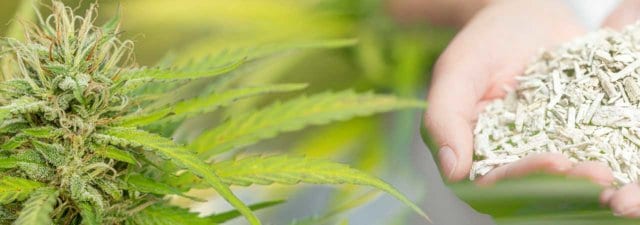





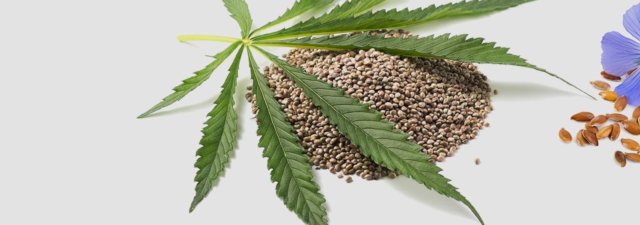

![Is It Illegal to Grow Hemp? [Understanding the Legalities]](https://wayofleaf.com/wp-content/uploads/2018/09/mj_is-it-illegal-to-grow-hemp-the-truth-640x225.jpg)
